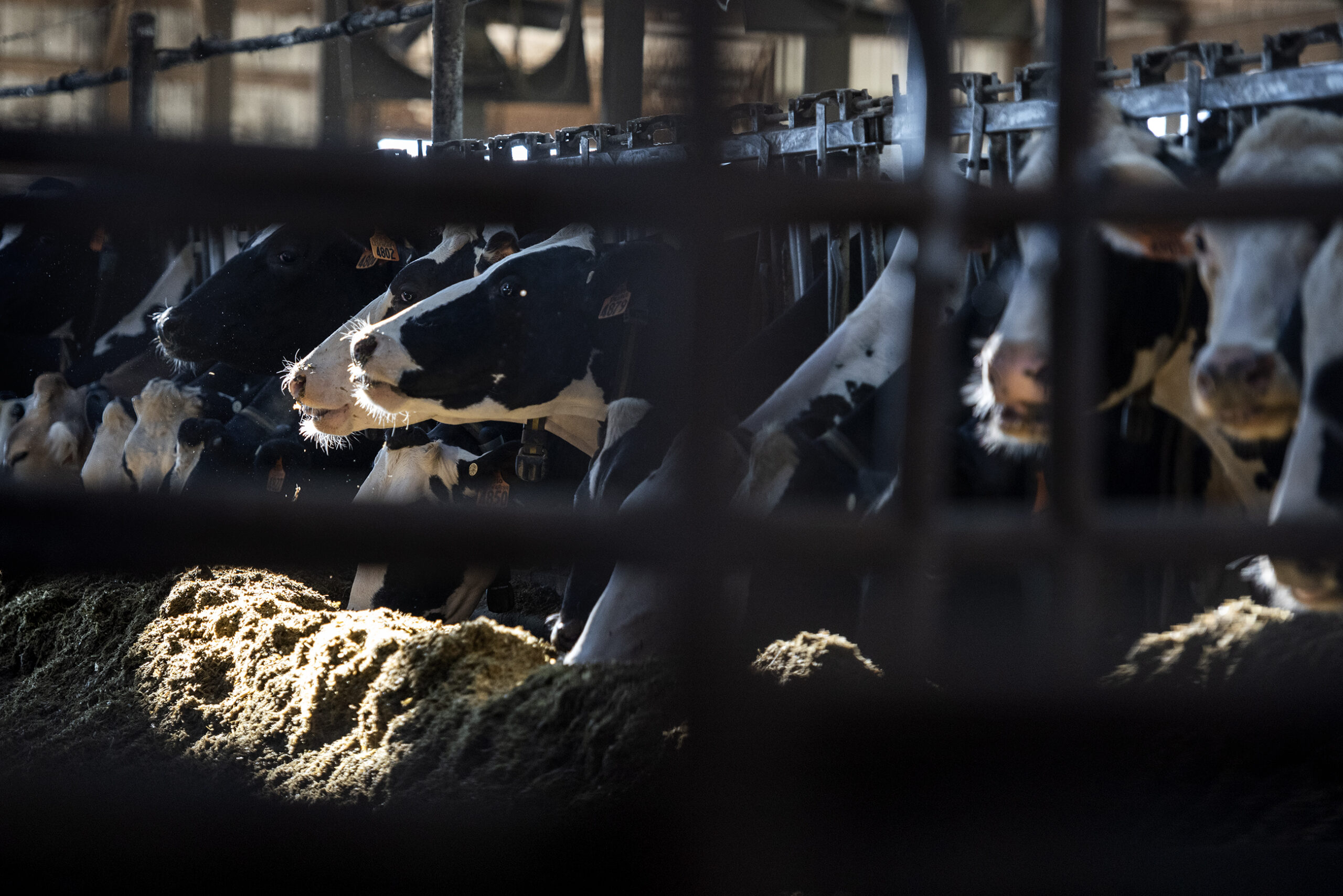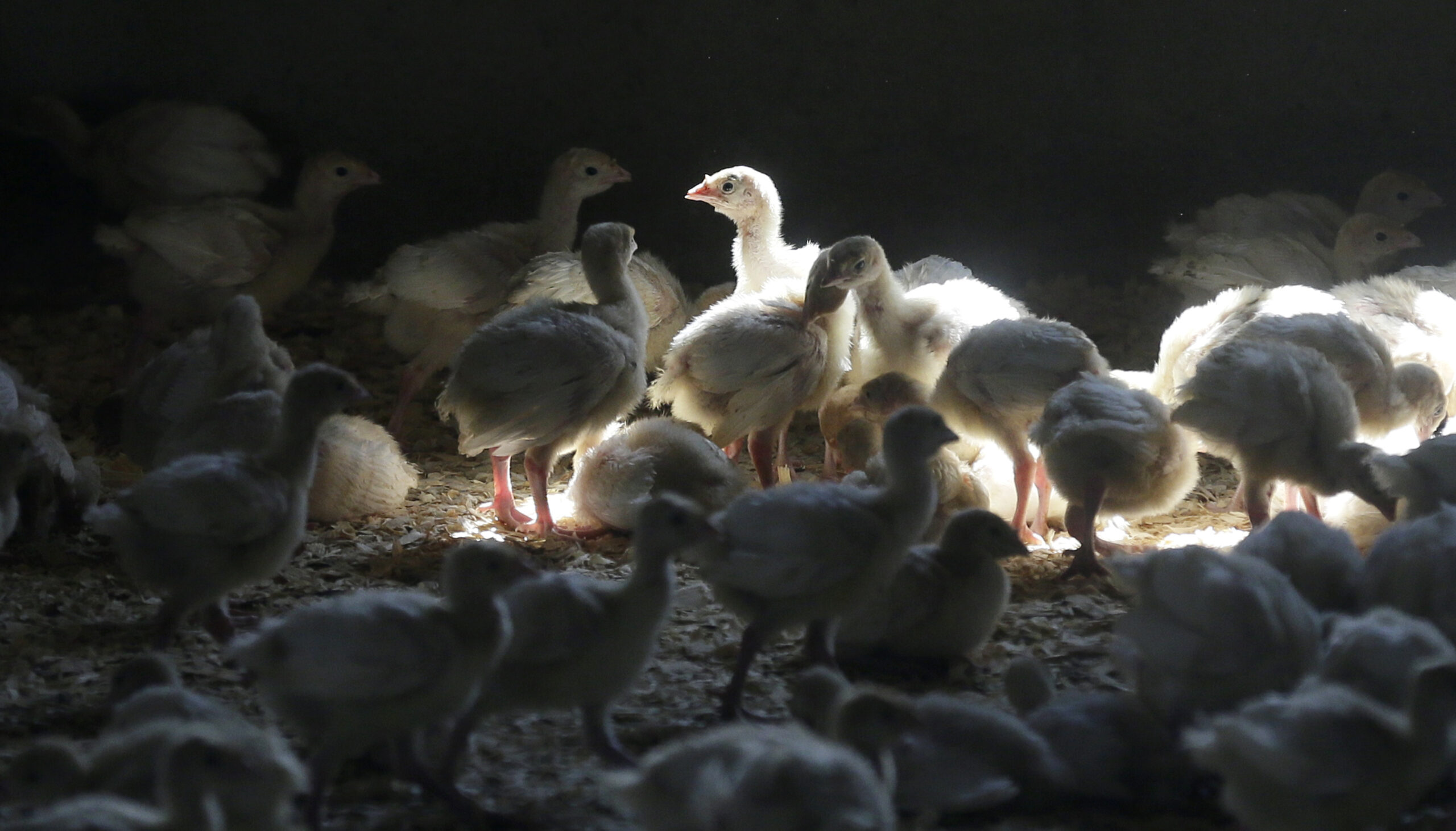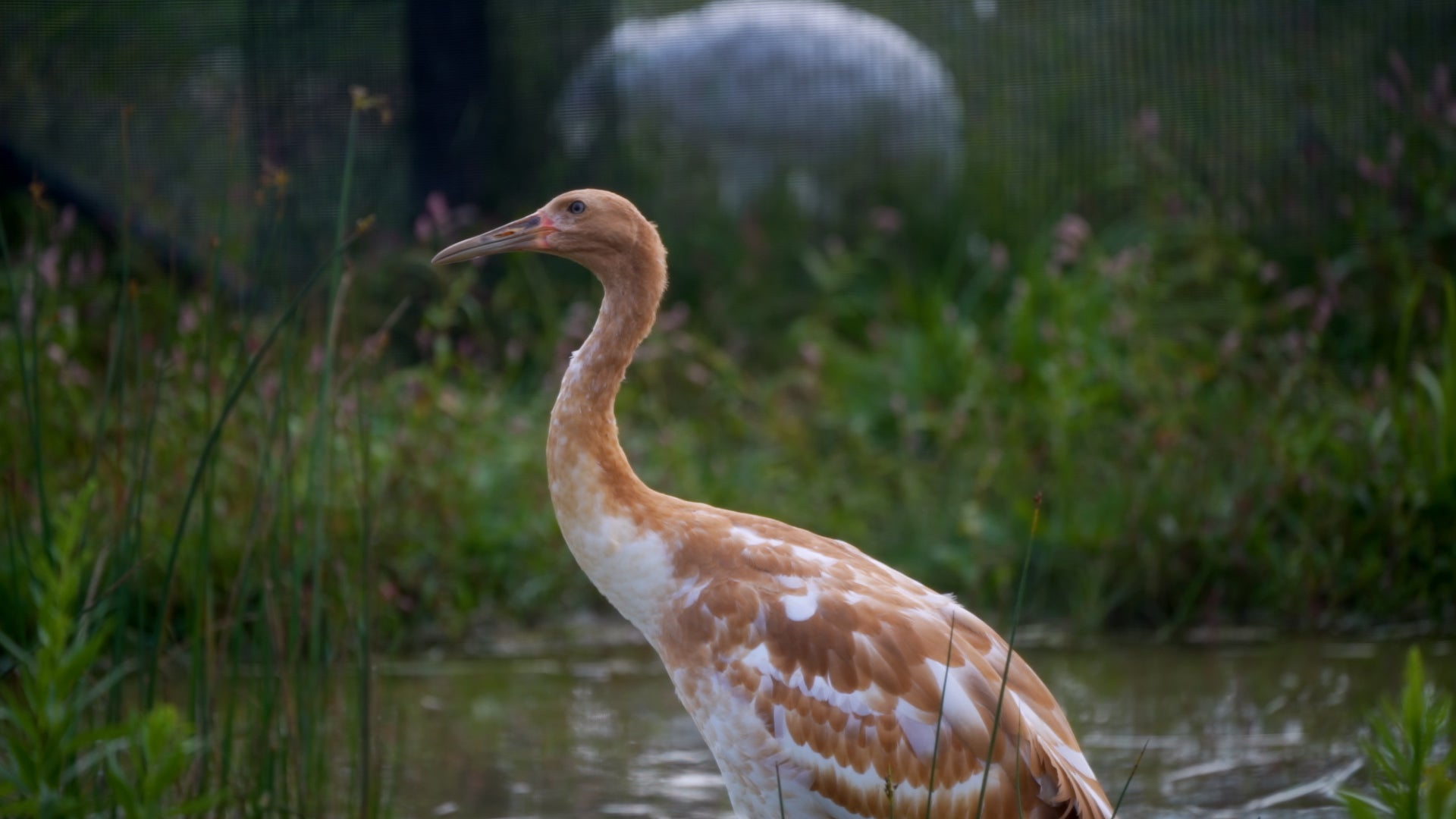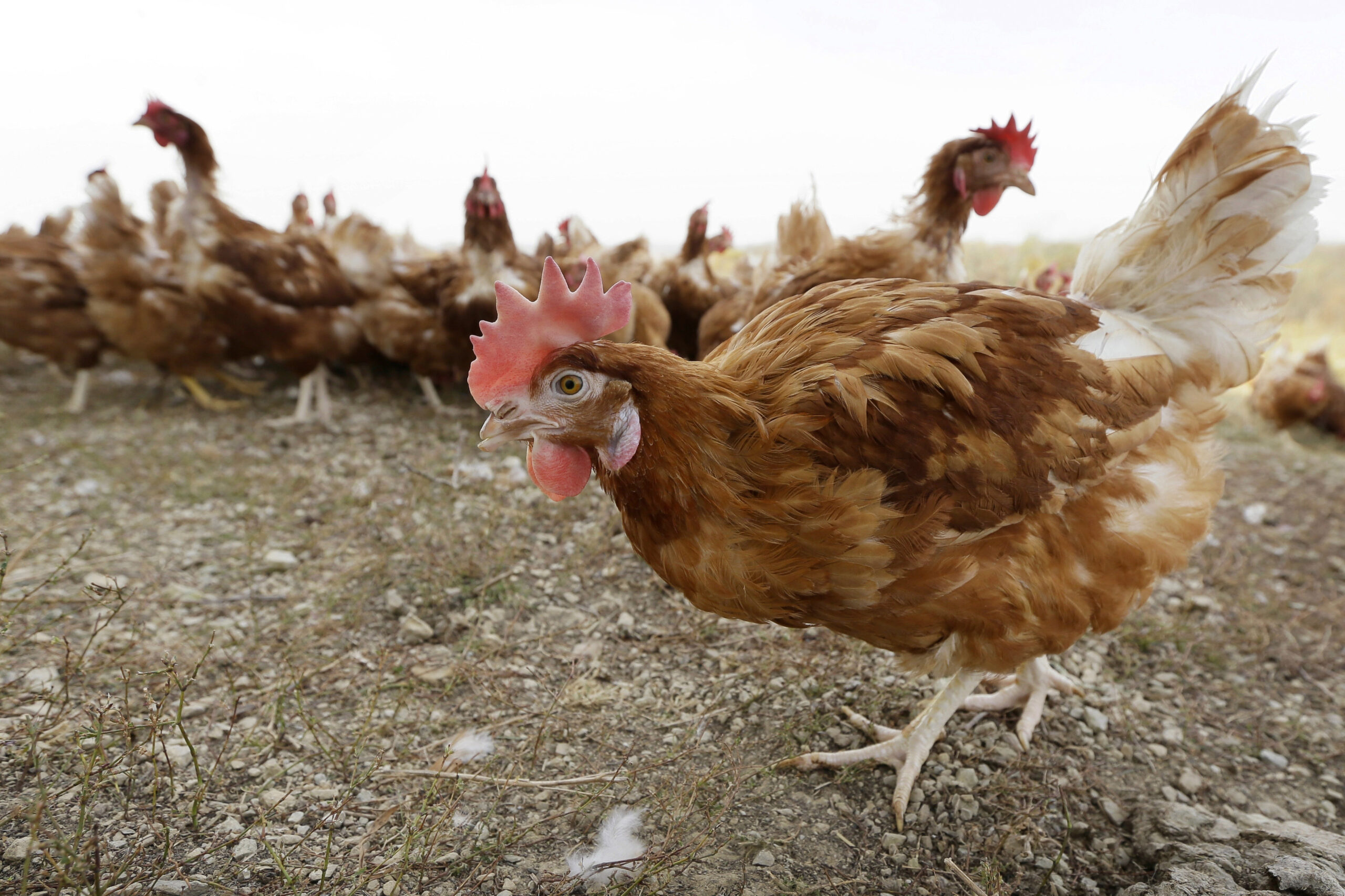Although avian flu continues to spread among birds around the country, it has not yet established a foothold in humans.
That could change, says Peter Halfmann, an assistant professor at the University of Wisconsin-Madison’s Department of Pathobiological Sciences in the School of Veterinary Medicine. The virus continues to mutate and has infected humans, cows, cats and other species.
“There is no human-to-human transmission right now, which is a good thing,” Halfmann told WPR’s “Wisconsin Today.” “The one concern is that the virus likes to mutate.”
News with a little more humanity
WPR’s “Wisconsin Today” newsletter keeps you connected to the state you love without feeling overwhelmed. No paywall. No agenda. No corporate filter.
“There was a case in British Columbia, Canada,” he continued, “where a teenager became infected. It was a long infection, over two weeks. And what scientists noticed was that the virus has started to mutate to like the human host a lot better… So that’s what we’re kind of watching out for.”
Since 2024, the Centers for Disease Control and Prevention has confirmed 68 infections of the H5 flu virus in humans in the United States, including one death. There’s also been at least one human case in Wisconsin, when a poultry farm worker in Barron County caught the disease. More than 150 million chickens nationwide have been infected since the beginning of 2022, according to the CDC.
The Wisconsin Department of Agriculture, Trade and Consumer Protection reported more than 73,000 farm birds have been infected with the virus in the past two months.
Halfmann explained to “Wisconsin Today” what scientists and health care professionals are watching for on farms, how the virus could mutate and what is being done to prevent its spread.
The following has been edited for brevity and clarity.
Rob Ferrett: People are probably most familiar with the impact of avian flu when it comes to the higher egg prices — the signs they’re seeing in grocery stores. What is it about this virus that makes it so quick to spread and so lethal for chickens?
Peter Halfmann: Influenza viruses replicate in humans in the respiratory tract. And they do the same thing in birds; but also in birds, they replicate in the intestinal tract. That virus is being expelled in high quantities in bird droppings, and can spread really quickly in birds.
And it is a very highly pathogenic virus that’s in birds. Within a couple days — even 24 hours — bird populations will die off if they get infected with this virus.
RF: I look at reporting and we’re seeing eagles, mallards, ducks, swans — a wide variety infected, not just our domestic poultry. It seems like it’s a heavier lift, at least for viruses, going from different mammal species to one another.
PH: From birds to mammals, it’s more difficult. But within bird species, it’s fairly easy to transmit. You can imagine you have these shore birds, ducks, geese. Bird droppings full of virus are in the water. So the virus can spread fairly easily with droppings between all different bird species.
RF: Given that we live in a world where wild birds go wherever they want, what kind of precautions can those larger farm operations take?
PH: It is difficult to get this virus under control. We’ve lost 150 million birds just in the United States within the last couple years since the virus came in. The federal government is suggesting, for vehicles that come up on the farms, to wash that vehicle down so you don’t spread the virus from farm to farm. People working on those farms should have dedicated clothes that don’t ever leave the farm facility, so you’re not transporting the virus from one farm to another. In the veterinary world, if you’re going farm to farm, checking on birds, you could potentially be transferring this virus farm to farm all the time.
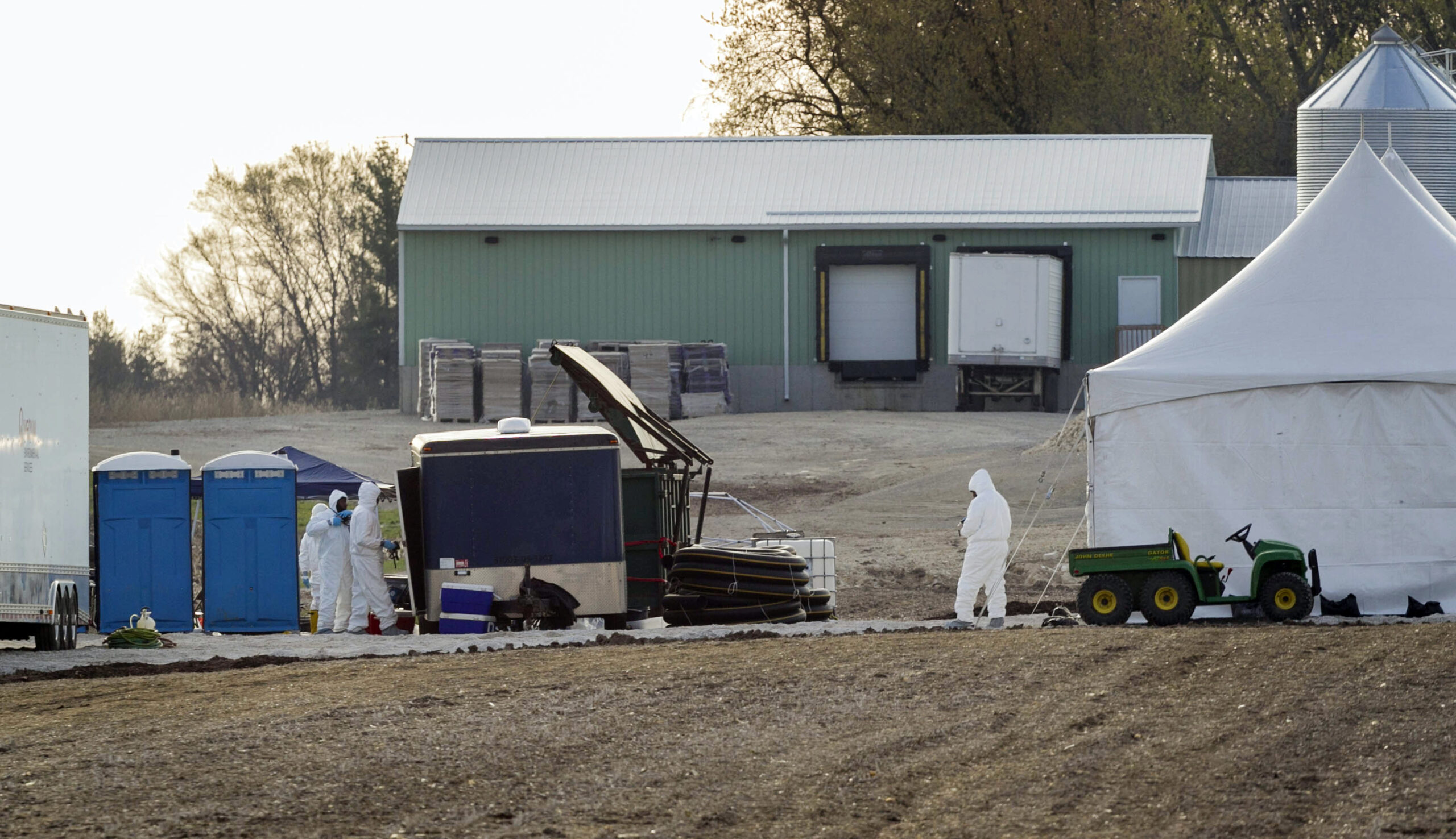
RF: Is there any hope of either a vaccine that we could use for livestock or a treatment, an antiviral, that might be effective?
PH: Antivirals are typically outlawed for poultry farms, mainly because of the ability for this virus to adapt and then become drug resistant. So we would lose our drug antiviral drug ability in the human population.
There is a big push for vaccines, but just like in the human population, every year, people are getting a seasonal vaccine because this virus mutates so fast. So it’d be really hard to try to keep up with the changes in the virus with the different vaccines.
RF: I’ve seen some reports of cats dying of this avian flu. How is it getting transmitted to a pet cat?
PH: Raw milk from an infected cow is full of virus.
In L.A. County, there was raw milk that was for sale for human consumption. It was tainted with the virus. The pet owners fed it to their cats, and they became infected, too.
Some cat food is made with raw turkey. Since it’s raw meat, the virus is still alive and cats have become infected with raw food.
RF: There have been some CDC websites and reports that have been taken down briefly, temporarily or ongoing by the Trump administration. Have you run into any issues with information sharing?
PH: Just today, we heard that a news article was taken down. It was concerning the transmission of bird flu between cats and humans. We don’t know what the information is, but if this virus does transmit from birds to cats, and then cats to humans, or vice versa, we really should know about that, and so should the public.
Also, how many herds are infected? How many birds have been depopulated because of this virus? What states have dairy cows that have been infected? All that information should really be out in the public, and I hope that continues with the [United States Department of Agriculture] and other organizations.



